Samsung Galaxy S9+ review: Evolutionary road to best all-round Android set
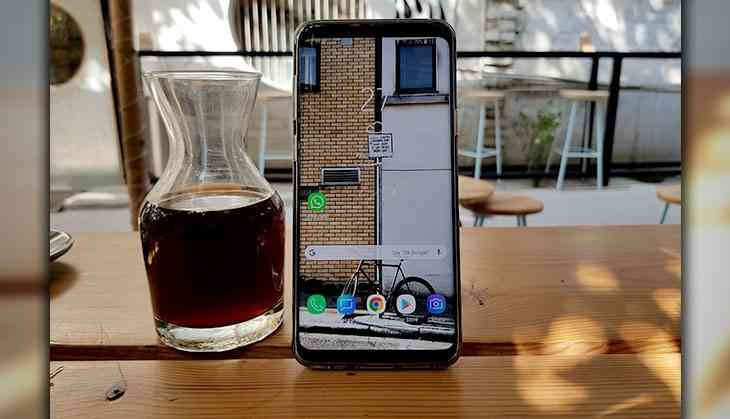
Predictable? Sure. Not innovative enough? Valid assumption. Boring smartphone? Definitely not. Upon glancing at Samsung's latest and greatest flagship smartphones, one may be taken aback. You may think it is just the Samsung Galaxy S8/S8+ from last year. That's fair and you aren't wrong.
The Galaxy S9 and S9+ flagship smartphones from Samsung may be an iterative upgrade, but one that shouldn't be brushed aside. In the looks department, it's almost identical to its predecessor. In the performance and experience department, it's almost the exact opposite. That, let me just tell you, is a compliment for South Korean technology giants Samsung. It's a compliment because all the complaints from last year have, more or less, been rectified. Along with that, you get some bonuses you wouldn't otherwise expect from Samsung.
The company has popularised the concept of 'big screen' smartphones and one can clearly see why. The 'Infinity Display' from Samsung is at the top of its class. The 'Infinity Display' on the Galaxy S8 and Galaxy Note 8 may not have been the first bezel-less smartphones out there, but they undoubtedly did a fantastic job at showing off the screen. Fast forward to the Galaxy S9.
The Galaxy S9 gets the first dual camera on a Galaxy S phone. Samsung is late to the party, but its dual-aperture wide-angle shooter is revolutionary. On the back, it has finally, moved the fingerprint scanner. No more smudges. The scanner resides in a comfortable and easy to reach position, below the camera. Samsung got a lot of flak for a mistake that shouldn't have been made in the first place. The designers got it horribly wrong. A year later though, they managed to miraculously fix it.
Samsung's Galaxy S9 and S9+ are stuffed with the latest and greatest internal components. The S9+ packs Snapdragon 845 in the US and China and Exynos 9810 in other regions. Unlike its predecessor, the S9+ comes with 6GB standard. Storage options go all the way up to 256GB. There is also a microSD slot for expansion of storage, in case you get the cheapest 64GB version.
Camera, internals and 'Infinity Display' aside, none of that matters. What they serve to do is pad up the phone, making it into one of the best all-rounded Android smartphones out there. The final piece of the puzzle, the secret weapon, has finally come to a flagship Samsung smartphone. That is the much awaited and long overdue move to the stereo speaker. Stereo speaker basically means that along with the main bottom-firing speaker, the earpiece at the top doubles up as a second speaker.
Last but not the least, and I know some of you out there really care about this, Samsung has decided to retain the 3.5mm headphone jack at the bottom.
Before I get on with the nitty-gritty of the review, let me just quickly sum it up for those of you who don’t have the time to read the in-depth parts. The new Samsung Galaxy S9+ is the best Android smartphone money can buy. Its parts may not be the best individually but put them together and this is a really amazing all-rounded device. It isn’t revolutionary, but evolutionary in all the right places.
NOTE: While I may talk about both the models, most of this review will focus on the Galaxy S9+.

Two-year cycle
Innovation doesn’t happen overnight. That is a fact. Samsung and most other smartphone manufacturers stick to a two-year design cycle. It goes something like this:
Year 1: Revolutionary
Year 2: Evolutionary
Year 3: Revolutionary
Year 4: Evolutionary
And so on…
The design language on the S8+ and the S9+ are near identical. They have a curved glass design with metal frames on the side. There are rounded corners for a more solid hold in the palm of one’s hand and no camera bump on the back.
The front of the smartphone has a truly amazing 2960x1440 pixel Super AMOLED display. The S9 has a 5.8-inch display while the S9+ has a 6.2-inch display.
If you look closely, you’ll notice the bezels are slimmed ever so slightly from last year’s models and that gives the smartphones a more compact package.
The other noticeable change on the design front is that Samsung has listened to customer feedback and moved the fingerprint sensor. It now sits beneath the camera instead of being placed right next to the lens.
Killer display and a fingerprint magnet
Yes. The front and back of the Galaxy S9+ couldn’t be more different. The front features that gorgeous 6.2-inch Super AMOLED display that in with a 521pi density. The AMOLED panel looks amazing at first glance. The colours on the Galaxy S9+ pop and the accuracy is excellent. What impressed me the most was the legibility under the harsh afternoon sunlight.
The Galaxy S9+ did a better job than the Galaxy Note 8 in legibility. The S9+ comes in about 20% brighter and more colourful than its predecessor.
Just about everything to do with the display is truly what one would expect from a flagship smartphone. From playing all kinds of videos on YouTube to scrolling down my Facebook and Instagram timelines, everything seemed more vivid and all the pictures seemed to pop just that little bit extra without making it look unnatural.
The default display setting is FHD+. Cranking it up all the way to QHD+ and you can see just how better the display is. You’ll sacrifice battery life but you’ll get a much crisper and sharper display.
On the flip side, we have the rear panel. It is made of glass. While the colours (not Midnight Black) shine, they are a little too reflective. The glass panel means that it is prone to smudges. More so than many of the other smartphones out there. One has to constantly clean the back panel with a cloth to get it shiny and feeling new again. That is the downside to having a glass panel.
Yes. The front and back of the Galaxy S9+ couldn’t be more different. The front features that gorgeous 6.2-inch Super AMOLED display that in with a 521pi density. The AMOLED panel looks amazing at first glance. The colours on the Galaxy S9+ pop and the accuracy is excellent. What impressed me the most was the legibility under the harsh afternoon sunlight.
The Galaxy S9+ did a better job than the Galaxy Note 8 in legibility. The S9+ comes in about 20% brighter and more colourful than its predecessor.
Just about everything to do with the display is truly what one would expect from a flagship smartphone. From playing all kinds of videos on YouTube to scrolling down my Facebook and Instagram timelines, everything seemed more vivid and all the pictures seemed to pop just that little bit extra without making it look unnatural.
The default display setting is FHD+. Cranking it up all the way to QHD+ and you can see just how better the display is. You’ll sacrifice battery life but you’ll get a much crisper and sharper display.
On the flip side, we have the rear panel. It is made of glass. While the colours (not Midnight Black) shine, they are a little too reflective. The glass panel means that it is prone to smudges. More so than many of the other smartphones out there. One has to constantly clean the back panel with a cloth to get it shiny and feeling new again. That is the downside to having a glass panel.
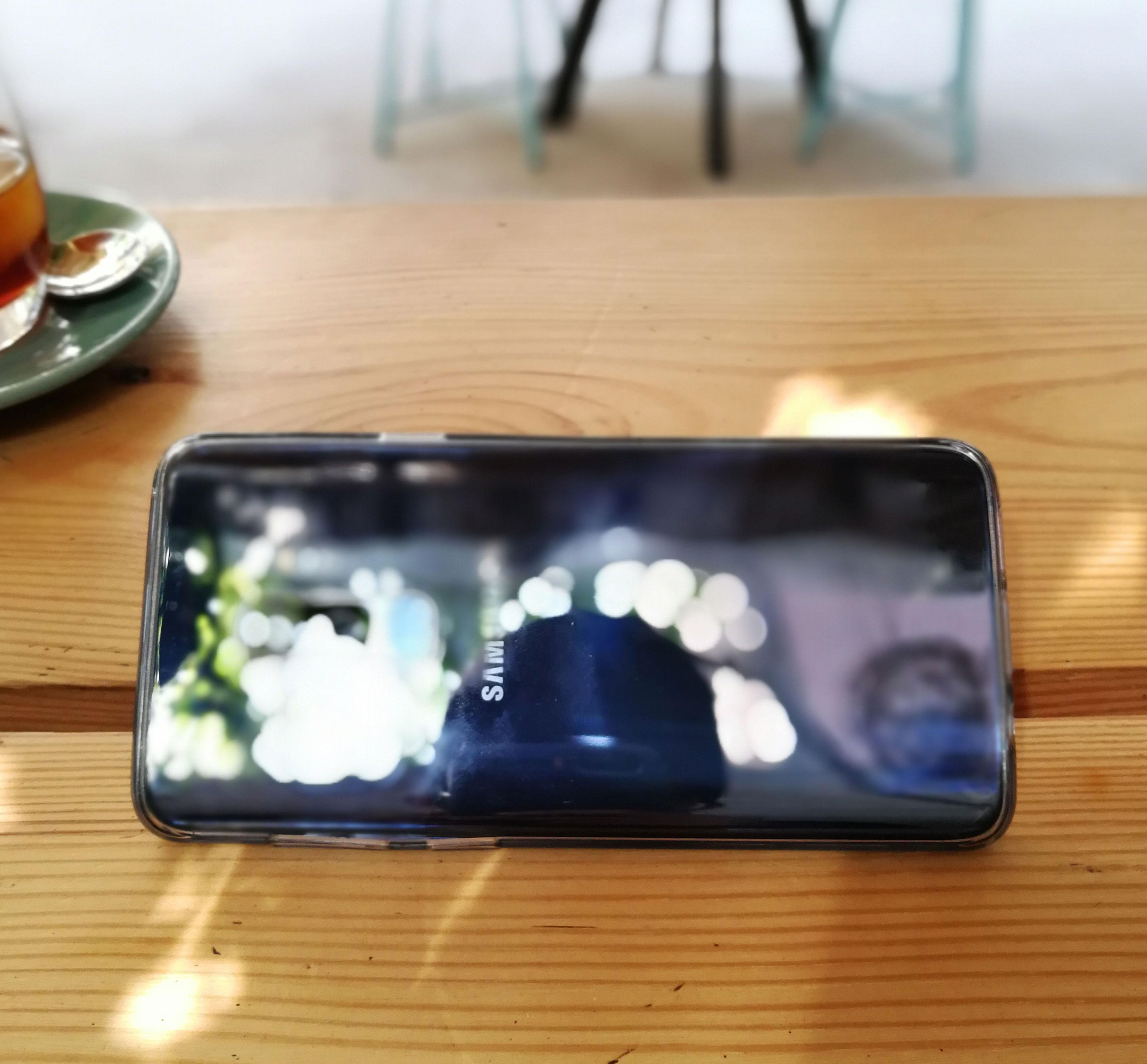
Day-to-day performance and software
This year’s Galaxy S9+ packs in Samsung’s very own Exynos 9810 processor for the Indian region. The Galaxy S9+ runs Android Oreo 8.0 and the latest “Samsung Experience 9.0” skin on top of that. This year’s software is slick, fluid and has truly made us all forget the garbage that was once TouchWiz.
The most important addition is the ability to have the home screen operate in landscape mode. This is a boon when watching videos. Then there is Android Oero’s notification system that includes a marker on the app icons indicating just how many notifications are there. Finally, one can duplicate their messaging apps and have two versions at once. With the advent of dual-SIM phones, this has been a much-requested feature.
Then there is AR Emoji. It’s Samsung copying Apple’s fun Animoji feature. What AR Emoji does is create a digital version of your face, one which you’ll mostly end up hating. Once that’s done, you let the emoji you mimic your movements. Sure, you could use it to annoy your friends, but don’t go around crying if they don’t stay thereafter. The digital version of one’s face is horrifying, to say the least.
One of the other drawbacks of Samsung’s skin is the multitude of duplicate apps. To be fair, this isn’t unique to Samsung’s skin, but it is still a serious problem. There are two photo galleries, two browsers, two email apps and even two app stores. I’ve not used Samsung’s version of these at all, except a gallery a few times. Samsung’s apps can be termed as bloatware.
Still, day-to-day this smartphone flies. It’s doesn’t lag at all and performed quicker than most, if not all, Android smartphones out there.
While playing FIFA Mobile/Need For Speed and having over 20 apps open, I managed to multitask between them without any noticeable lag in my gaming performance. At one point I had Spotify playing music, Gmail sending many photos to a friend of mine and crashing cars in Need For Speed. The phone didn’t get too hot and neither did it show any significant signs of slowing down.
The days where one would need to have earphones on to best listen to the audio are gone. Samsung has upped its game – about time some would say – by including stereo speakers on a flagship smartphone. The S9+ is louder and crisper than any smartphone in its lineage before. That is the secret weapon and the final piece of the puzzle. I will be discussing this in more detail in a separate article.
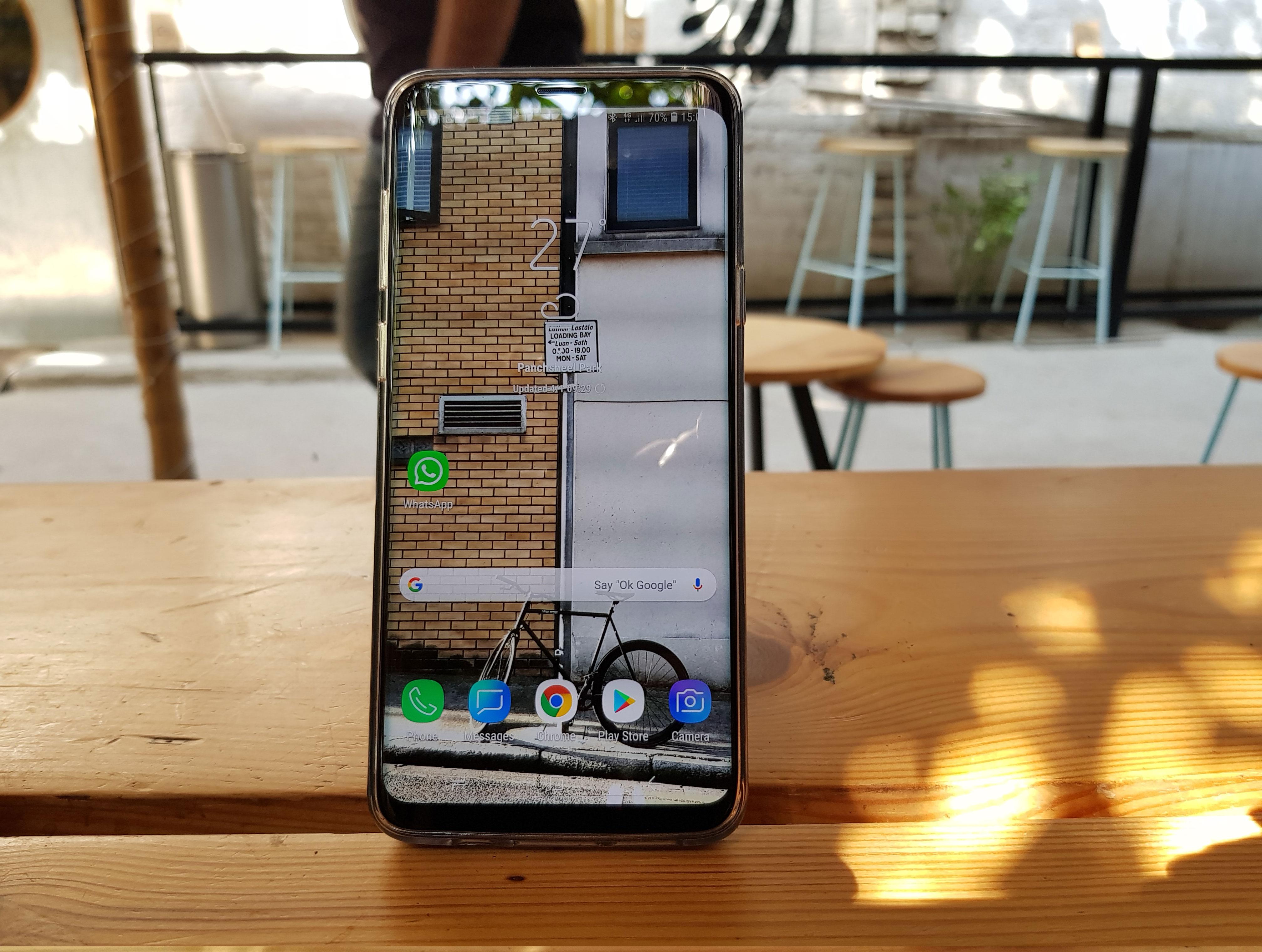
The low-light camera’s killer performance
Granted Huawei’s P20 Pro has come racing out of the blocks. I haven’t yet had the opportunity to test that camera but I can safely say that barring that device, Samsung’s Galaxy S9+ (the S9 only comes with a single camera setup) produces the best low-light photos ever on a smartphone.
Samsung has done a Google and made the camera really easy to use. The auto mode captures excellent photos on its own and there is a pro mode for those who want to tinker with the settings before capturing their best shot.
There is a 12-megapixel dual camera on the back. One of them is a wide-angle camera and the other is a telephoto camera. Both come with optical image stabilisation. The secret weapon is the variable aperture of the wide-angle camera. It can flip between an f-stop of 1.5 and 2.4. Boil it down and it means that the camera can allow in more light and produces a better shot in the depths of the night.
Combine all of that and the Galaxy S9+ produces the best shots of any camera on the market (barring the P20 Pro). In good lighting, the photos have great colours and excellent detail with minimum noise.
It may not blow the competition out of the water, but it has surely got them on the ropes. By the end of the year, the S9+ will be dismantled from its top performance, but buy one of these and you will not be disappointed.
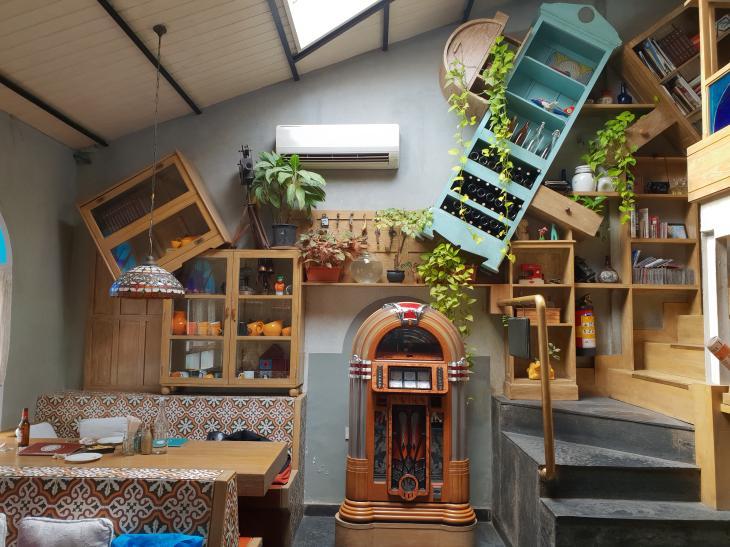


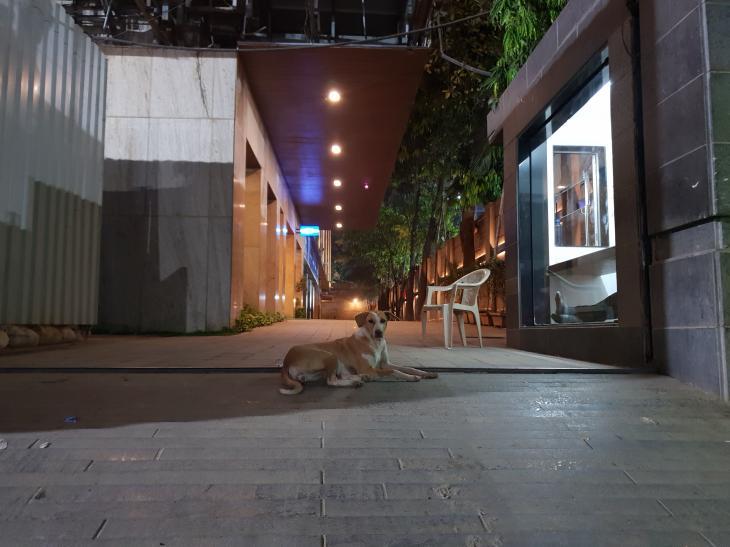
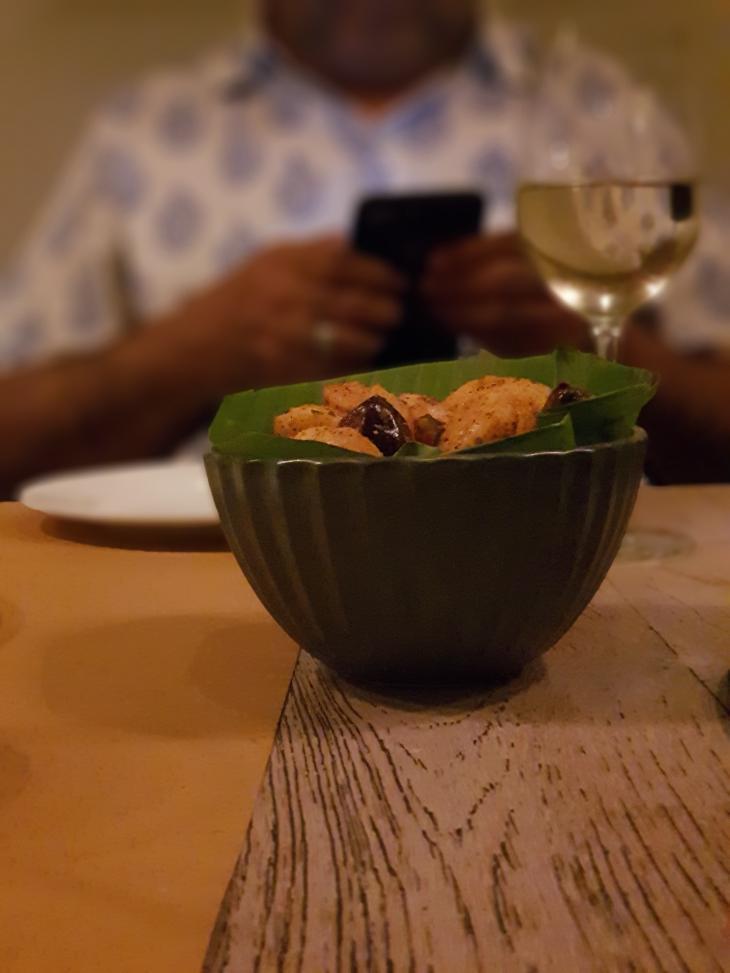
Finally, Samsung has included a super slow motion mode in this year’s camera. It can shoot up to 960 frames per second. It basically condenses 0.2 of a second into six seconds. Samsung has an auto mode that triggers the super slow motion when it sees action in front of it.
Just in case you’re a fan of taking selfies, be rest assured that what Samsung’s front-facing camera produces is one of the best out there. You will not at all be disappointed.
Battery life and Bixby
Clubbing in battery life and Bixby only because the two are drawbacks in an otherwise excellent phone. No smartphone is perfect, and Samsung’s Galaxy S9/S9+ fall on two counts.
Let me just give you the bad news. The Galaxy S9+ will most definitely not last you a day with moderate-to-heavy usage. One expects Samsung to have refined the software to get the most juice out of the battery, but sadly, this isn’t the case.
There has barely been a day when I’ve gotten more than 5 hours of screen-on-time and more likely than not, by 6 PM, the phone would have to be plugged in. It’s even worse if one enables the QHD+ resolution. Then there is the always-on display that kills the battery little by little. Though, I didn’t notice any difference when the always-on display was turned off.
The battery life is terrible, but there is one saving grace. Fast charging. Just connect the Galaxy S9+ to a wall socket and it will charge faster than you would have ever thought. Just remember to never charge it via a laptop. That is frustratingly slow.
The battery life does get better over time as the smartphone learns your usage patterns and automatically puts those apps to sleep which it knows you’ll never use.
Oh, Samsung. You’ve tried enough with Bixby. Time to give it up. The less said about Bixby the better. Bixby is Samsung’s personal assistant and competes with Google Assistant and Apple’s Siri. Bixby falls back on a lot of counts. Bixby hasn’t made any significant improvements since last year and it is still annoying.
One of the best Bixby features isn’t even from the company. It has been borrowed from Google. Bixby brings a number of Google Lens updates. The ‘translate’ feature on Bixby leans on Google Translate.
What’s the best part about Bixby, you may ask? Well, it is the fact that Samsung has now given the consumer the option to turn off the Bixby button – located below the power rockers on the left of the phone – completely.
Remarks
Before I sum it all up for all of you out there, let me jot down some quick points:
- The S9/S9+ smartphones are IP68 dust and water resistant. They can be dunked in 1.5m of water for up to 30 minutes.
- Stereo speakers on a flagship Samsung smartphone
- Dolby Atmos sound enhancer
- Beautiful low-light pictures
- The Bixby key can now be disabled. Sadly, it still can’t be remapped to anything else.
Verdict
Last year’s Galaxy S9+ held up, several months later as one of the best smartphones of 2017. It had its fair share of issues but most, if not all, have been rectified with the S9+.
Samsung may be accused of playing it safe, but it has refined the smartphone in a way that it is a much more pleasant and fun experience on a day-to-day basis.
Yes, if you’re a Galaxy S8+ or Galaxy Note 8 user, then there is absolutely no need to upgrade to the S9+. That’s what I told several people at a café who asked me, this very question, while I was testing out the smartphone a couple of days back.
The screen is utterly amazing, the camera is the best Android has ever seen, and the finish and hold make this the all-around smartphone to beat. Add to that the killer weapon of the stereo speakers and you’ve got one beast of a smartphone on your hands.
The Galaxy S9+ is the smartphone to beat. The individual components may not be best in class but put them in one package and they outperform the competition.
First published: 3 April 2018, 18:13 IST

